Nutrition
4 Ways to Intermittent Fast
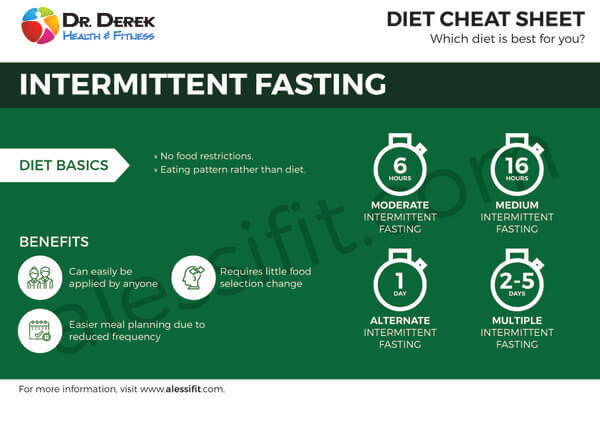
The past two weeks I have shared my Keto vs Paleo vs IF Diet Cheat Sheet (See video below).
All three approaches have merit (pros & cons) and there is no ‘one size fits all diet.’
I have spent much of my initial time on the Keto & Paleo Diets. However, I did want to discuss the finer points of Intermittent Fasting as well. hrat automaty online zdarma
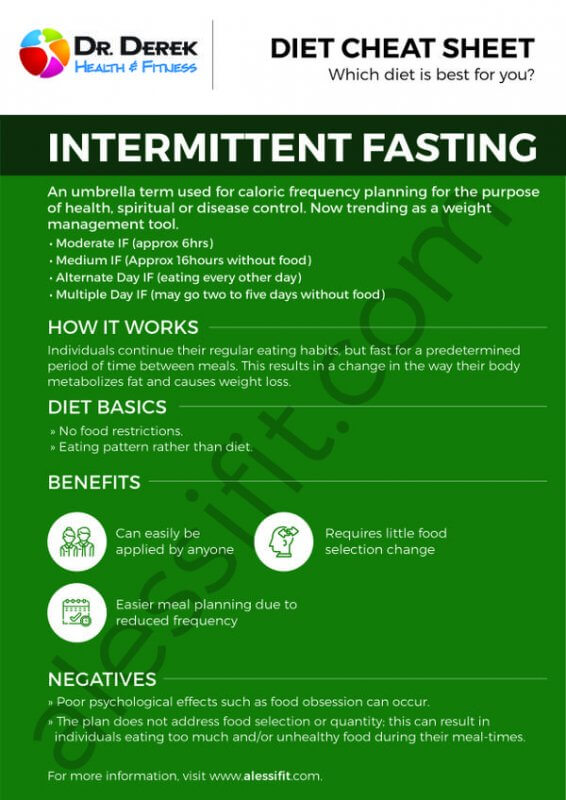
The Benefits of Intermittent Fasting:
- Can be applied by anyone
- Easier meal planning due to decreased frequency
- Requires no change in food selection (although this is a negative as well)
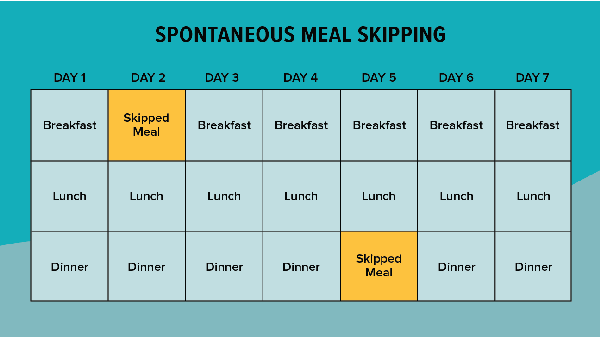
The most common types of Intermittent Fasting:
- Moderate 6-hour fast (breakfast 6am, lunch 12noon, dinner 6pm)
- Medium or 16:8 (Fast for 16 hours between 8pm and 12 noon: then eating window 12 noon to 8pm)
- Alternate Day (eat normally every other day)
- Warrior Diet (Eating only one large meal per day, fasting all other times)
↠Click Here for a Private Fitness & Fat Loss Consultation
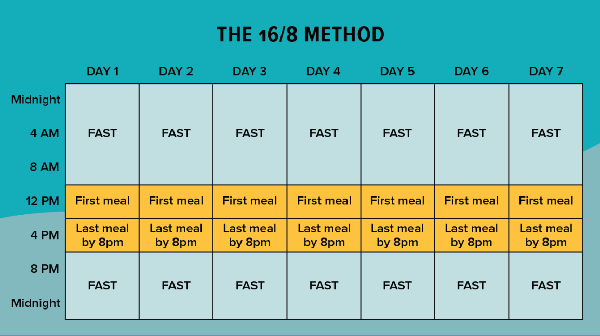
The Negatives of Intermittent Fasting:
- It does not address food selection (and all calories are NOT equal)
- When a person eats they have a tendency to overeat
- Food obsession can become problematic due to long-hours of restriction

The greatest likelihood of success with Intermittent Fasting:
- I have seen the most success with moderate 6-hour fasting when combined with low glycemic food choices
- A person can eat three traditional meals per day (breakfast, lunch, dinner)
- This typically yields both significant fat weight loss, increased muscle and bone mass with consistent energy and overall health.
- It is also the easiest physiologically to repeat and make as part of a diet lifestyle and not a fad.

